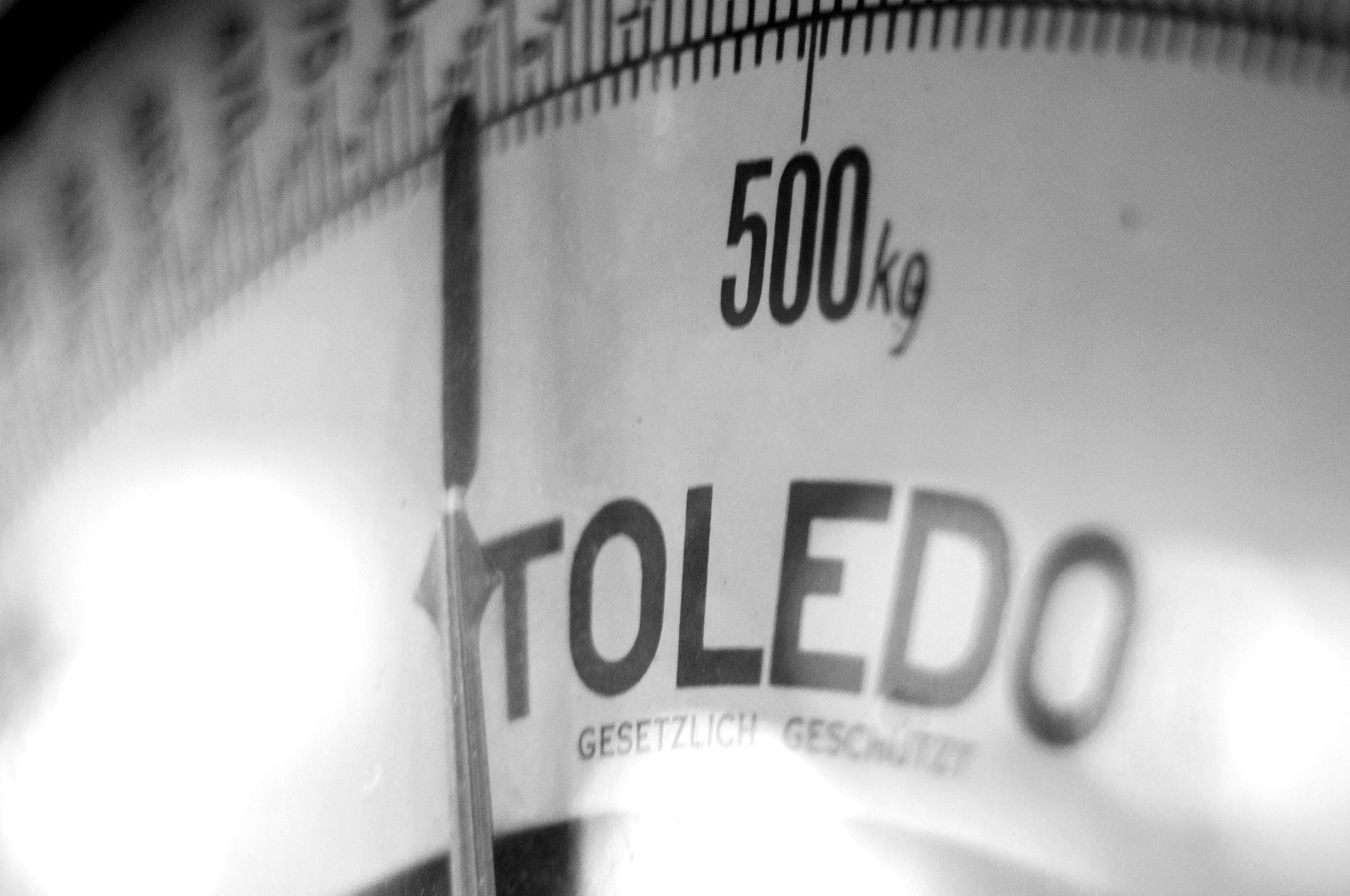When it comes to training one of the key variables is intensity, ie. effort. There are lots of ways of defining effort and your training plan presents you with a variety of measures for training load varying between training modalities.
Strength:
In strength training it is common to use a %1RM value, an Reps In Reserve value, or a rate of perceived exertion (normally on a 1-10 scale). In the case of the XP platform we combine these into 2 values, you may be presented with just one of these values or both dependent on the complex in question.
Percentage Max
The first value is given as a percentage, this percentage is refelective of Percentage 1 Rep Max (%1RM). This value is often presented as clear cut, this is the percentage of max load you should lift on this day with strength training plans, but in the case of the XP Platform it is given as a guide. It tells us if we are working close to the weight we should expect for a given rep range, but without understanding how this weight truly feels we cannot be certain we are working at the appropriate intensity to stimulate strength development in our own unique case. This is where the second value is useful.
Load rating
This value combines Reps in Reserve and RPE, suggesting how the load should feel for the programmed rep range.
- Max - The absolute maximum load you could lift for that rep range, RIR 0 (RPE 10)
- Heavy - This should feel heavy, but you are not pushing to your absolute max, reflective of RIR 1 (RPE 9).
- Moderate - This should feel challenging but we should not get close to failure for the required rep range, anywhere between RIR 2-3 (RPE 7-8)
- Light - This should feel relatively comfortable for the target rep range and is often used in warm ups, circuit style routines where training volume is the prioritised over intensity, or with athletes where an emphasis needs to be placed on maintaining good bar speed to better simulate the demands of their sport (RIR 4, RPE 6).
- Technique - This is more likely to be used in complexes built into deload weeks or as part of Warm ups or accessory work, emphasising moving with perfect form (RIR > 5, RPE < 5).
Power
Power is a complicated training modality as the development of power actually relates to the development of two variables, Strength and Speed. Here at XP we use categories to define the Required Load, as well as a real feel value.
Categories
Categories range from 1-10 with each category associated with a percentage of maximum load. These categories can be used in the load calculator within your training session view to suggest the load you should aim to lift in your session.
Load Rating
- Heavy - This is a weight that should feel heavy but you should be able to perform at pace, you may need to pause between reps to complete all reps with good speed, but the emaphasis here is on developing explosive strength.
- Moderate - This should Feel challenging but should allow you to output the absolute maximum amount of force quickly. The emphasis here is on developing both speed and strength in equal measure.
- Light - The weight here should feel light to manouvere allowing for excellent speed of movement. This is optimal for the development of speed and explosivity for sports where there is limited need to move against or withstand heavy loads.
- Technique - This is less about developing power and more about developing proper movement mechanics, allowing for development of more explosive muscle actions. The focus should still be to move at pace, but to do so against minimal resistance and with emphasis on correctly sequencing each movement.
Speed
When it comes to developing this we may be looking at improving Speed, Agility or Quickness. When developing speed we are looking at In each case we are looking at Speed relates to the ability to move the body in one direction or perform an action as fast as possible. Agility is the ability to quickly change directions with proper posture, accelerating and decelerating with stability. While Quickness relates to an increase in rate of force production allowing us to react and change body position explosively.
Metabolic Conditioning
This style of training is all about developing the energy systems associated with exercise performance. This includes both the Anaerobic (ATP-PC/Glycolytic) and Aerobic energy systems. Often we see intensities for metabolic conditioning categorised as a percentage of maximum heart rate (%HRmax) and in the case of the XP Platform we are no different however we also use an RPE scale in this case, ranging from 1-10 where 1-complete rest to 10-maximum effort that can only be sustained for a few seconds. This system allows you to develop a more intuitive understanding of how your body feels in each training zone and judge exercise intensity without a heart rate monitor.
Posted
in
The Platform on Mar 03, 2020
